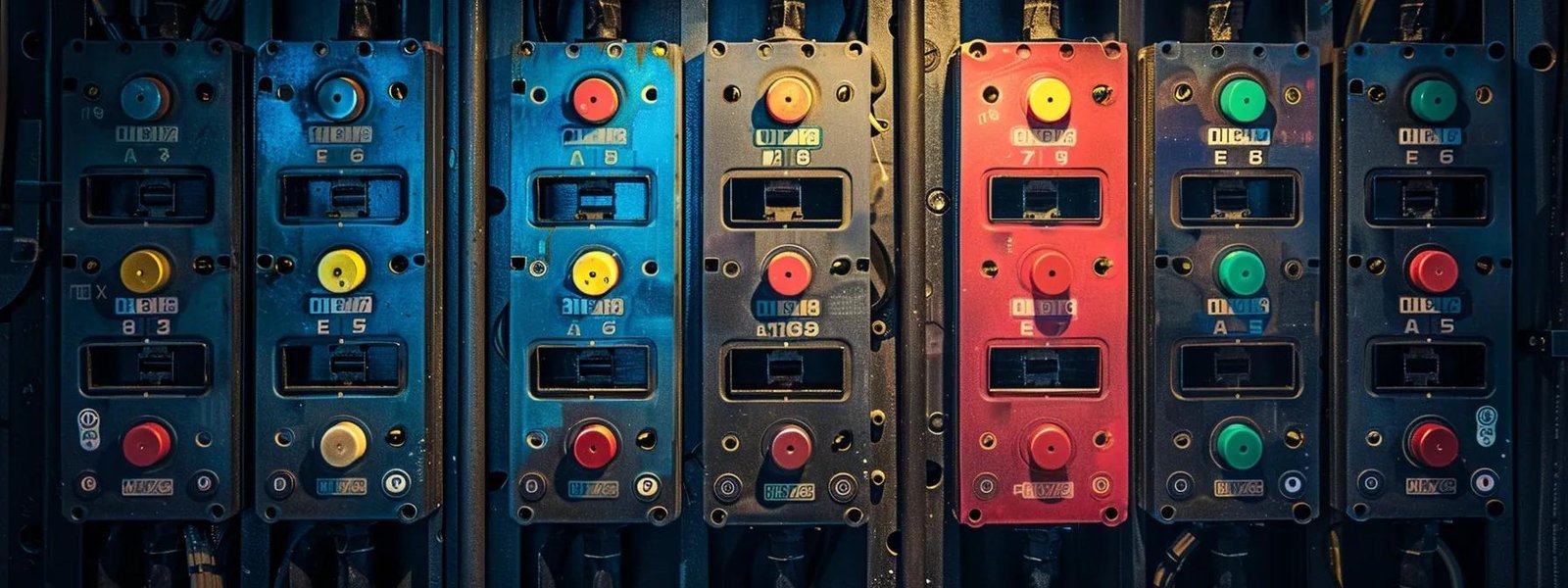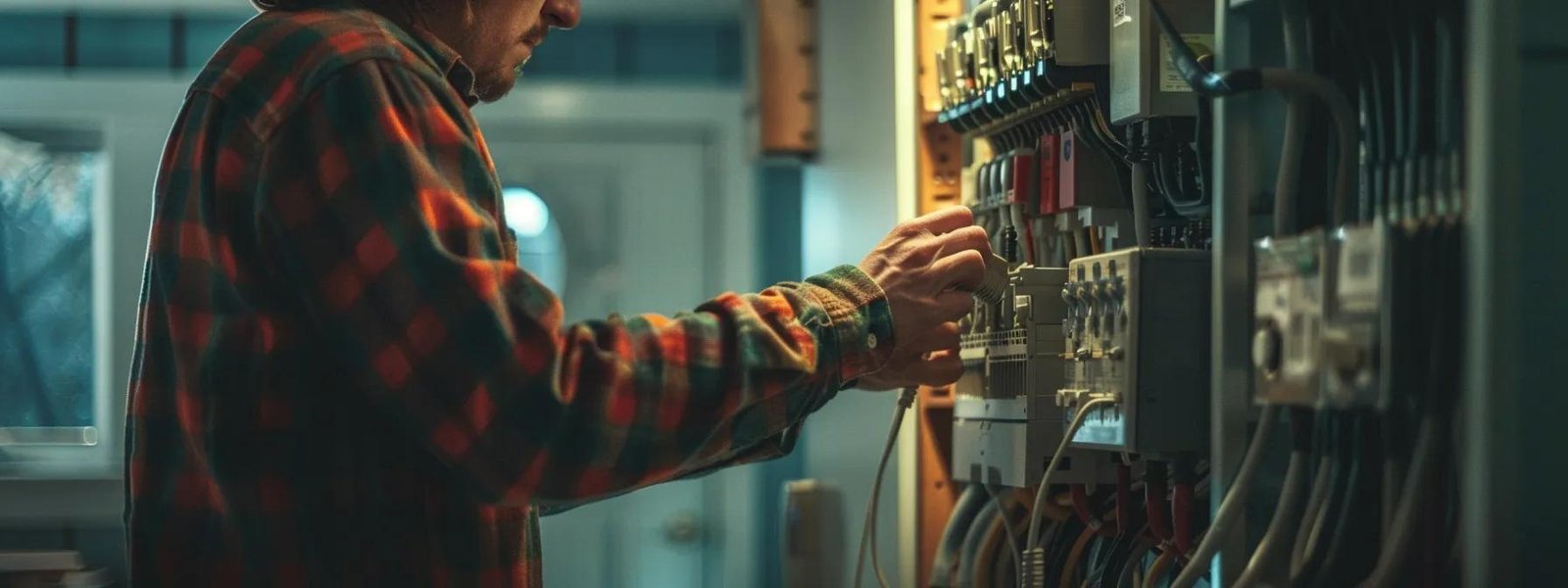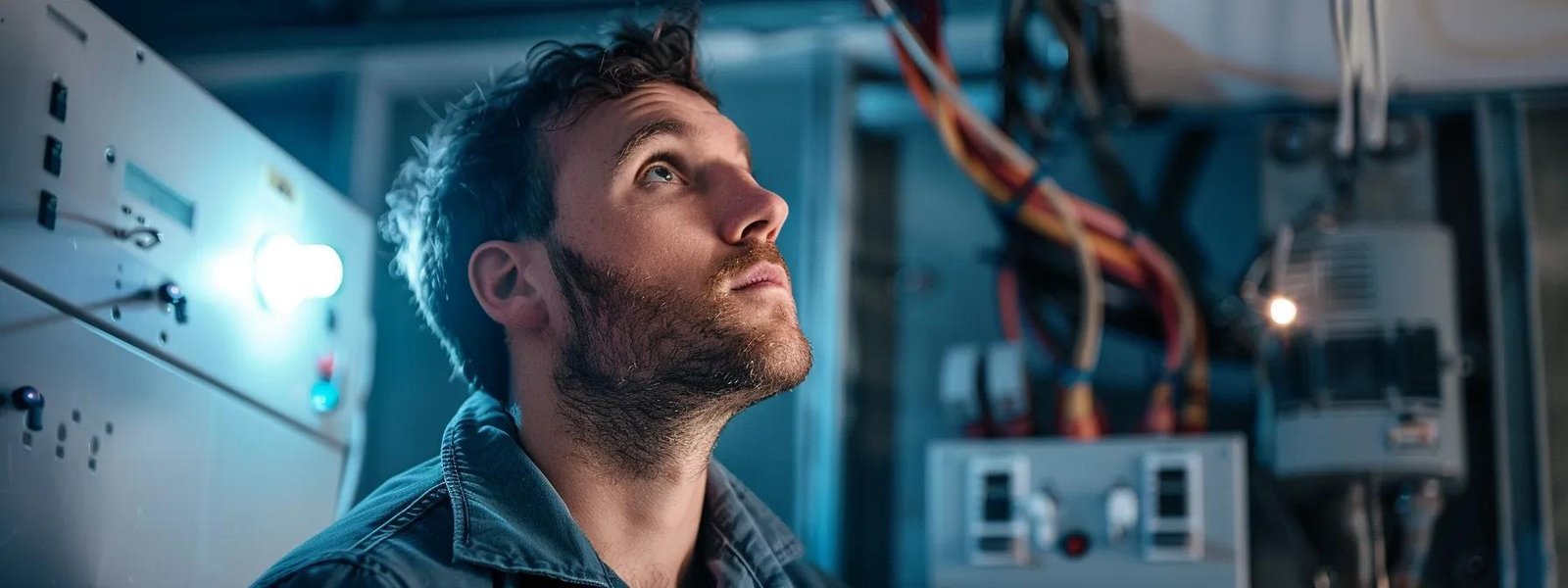
Is your home experiencing frequent power outages or tripped circuits? These issues often point to a bad circuit breaker. In this comprehensive guide, readers will learn about understanding circuit breakers, essential safety precautions, and the step-by-step process for replacing one. By following this manual, homeowners can gain confidence in handling electrical diagnostics and ensure their wiring is safe and reliable. This guide will help solve the problem of unreliable power, making your home safer and more efficient.

Circuit breakers play a crucial role in protecting homes from electrical hazards by interrupting the flow of electricity during overloads or short circuits. This section will cover the common types of circuit breakers, including their functions and features. Additionally, it will highlight the signs that indicate a circuit breaker replacement is necessary, ensuring compliance with the national electrical code and safe operation. Understanding these aspects is essential for homeowners looking to maintain their electrical systems and perform electrical diagnostics effectively.
Circuit breakers serve as essential safety devices in homes, designed to protect against electrical risks such as overloads and short circuits. When a surge occurs, these devices automatically interrupt the flow of electricity, preventing potential power outages and damage to appliances. Regular troubleshooting and maintenance are vital, as corrosion or wear can compromise their effectiveness, making it necessary to consider a surge protector for added safety.
There are several common types of circuit breakers that homeowners should be aware of, each serving a specific purpose in protecting electrical wiring. Standard circuit breakers, such as single-pole and double-pole breakers, are designed to handle different voltage levels and can be found in most homes. Ground fault circuit interrupters (GFCIs) and arc fault circuit interrupters (AFCIs) provide additional safety by preventing electrical shocks and detecting dangerous electrical arcs, respectively, ensuring compliance with the electrical code during installation and inspection.
Homeowners should be aware of several signs that indicate a circuit breaker may need replacement. If the circuit breaker frequently trips, it could signal an underlying issue with the power supply or a short circuit, necessitating the attention of a qualified electrician. Additionally, if the breaker feels warm to the touch or shows visible signs of damage, such as cracks or burn marks, it is essential to replace it promptly to prevent potential hazards and ensure the safe operation of the electrical system.

Before beginning the circuit breaker replacement process, it is essential to gather the necessary safety equipment, such as gloves and safety goggles. Turning off the main power supply is crucial to prevent electrical shocks. Finally, confirming that the power is off ensures a safe working environment. These steps are vital for a successful and safe replacement.
Gathering the right safety equipment is a critical first step before replacing a circuit breaker. Homeowners should ensure they have insulated gloves and safety goggles to protect against electrical shocks and debris. Additionally, a voltage tester can help confirm that the power is off, providing peace of mind during the replacement process:
Turning off the main power supply is a critical step before replacing a circuit breaker. Homeowners should locate the main electrical panel and switch off the main breaker to ensure that all circuits are de-energized. This action prevents electrical shocks and creates a safe working environment, allowing for a smooth and secure replacement process.
Before starting the circuit breaker replacement, confirming that the power is off is a critical safety step. Homeowners should use a voltage tester to check that there is no electrical current flowing through the circuit. This simple action helps prevent electrical shocks and ensures a safe working environment, allowing for a smooth replacement process:

To successfully replace a circuit breaker, homeowners must gather essential tools and materials. This section will outline the necessary tools for the replacement process, such as insulated gloves and a voltage tester, as well as the required replacement materials, including the new circuit breaker itself. Understanding these components is vital for a safe and efficient replacement.
To successfully replace a circuit breaker, homeowners need to gather essential tools that ensure safety and efficiency during the process. Key tools include insulated gloves to protect against electrical shocks, a voltage tester to confirm that the power is off, and a screwdriver set for removing the old breaker and installing the new one. Having these tools on hand not only streamlines the replacement process but also enhances safety, allowing homeowners to tackle this task with confidence.
When preparing for a circuit breaker replacement, homeowners need to ensure they have the right replacement materials on hand. This includes selecting a new circuit breaker that matches the specifications of the existing one, such as amperage and type, to ensure compatibility and safety. Additionally, having wire connectors and electrical tape available can facilitate a secure installation, helping to prevent future electrical issues and ensuring compliance with safety standards.

This section outlines the step-by-step process for replacing a circuit breaker, ensuring homeowners can safely and effectively manage their electrical systems. It covers removing the electrical panel cover, identifying the faulty circuit breaker, disconnecting the old breaker, installing the new circuit breaker, and reassembling the panel. Each step is designed to provide practical insights, enhancing the homeowner’s understanding and confidence in performing this essential task.
To begin the circuit breaker replacement process, homeowners must first remove the electrical panel cover. This involves locating the screws or fasteners that secure the cover in place and using a screwdriver to carefully remove them. It is important to handle the cover gently to avoid damaging any internal components, as accessing the circuit breakers requires a clear view of the panel’s interior for safe and effective replacement.
Identifying the faulty circuit breaker is a crucial step in the replacement process. Homeowners should look for signs such as frequent tripping, which may indicate an overload or a short circuit. Additionally, if the breaker feels warm to the touch or shows visible damage like cracks or burn marks, it is essential to replace it promptly to ensure the safety and reliability of the electrical system.
Disconnecting the old breaker is a critical step in the circuit breaker replacement process. Homeowners should carefully remove the wires connected to the faulty breaker, ensuring they note the configuration for reinstallation. It is essential to use a screwdriver to loosen the terminal screws and gently pull the wires away, taking care not to damage any surrounding components or wiring in the electrical panel.
Installing the new circuit breaker involves carefully aligning it with the panel’s bus bar and securing it in place. Homeowners should connect the wires to the new breaker, ensuring that they match the configuration of the old breaker for proper functionality. Once the connections are secure, the breaker can be pushed firmly into the panel until it clicks into position, ensuring a reliable and safe installation:
Reassembling the panel is the final step in the circuit breaker replacement process. Homeowners should carefully replace the electrical panel cover, ensuring that all screws or fasteners are securely tightened to prevent any accidental exposure to live wires. This step is crucial for maintaining safety and ensuring that the electrical system operates effectively, providing peace of mind that the home is protected from electrical hazards.

Restoring power safely is the first step after installing a new circuit breaker. Homeowners should then check for proper functionality to ensure the breaker operates as intended. If any issues arise, troubleshooting techniques will help identify and resolve problems effectively. This section provides essential insights into these critical steps, ensuring a reliable and safe electrical system.
Restoring power safely after installing a new circuit breaker is a critical step in ensuring the electrical system functions correctly. Homeowners should first turn on the main breaker and then gradually switch on individual circuit breakers to monitor for any issues. This method allows for a controlled restoration of power, helping to identify any potential problems early on:
After installing the new circuit breaker, checking for proper functionality is essential to ensure it operates correctly. Homeowners should turn on the main breaker and gradually switch on the newly installed circuit breaker, observing for any signs of malfunction, such as tripping or unusual noises. If the breaker trips immediately or shows any irregular behavior, it may indicate an underlying issue that requires further investigation by a qualified electrician, ensuring the safety and reliability of the home’s electrical system.
If issues arise after installing a new circuit breaker, homeowners should first check the connections to ensure they are secure and correctly configured. If the breaker trips immediately upon activation, it may indicate a short circuit or overload in the connected wiring or devices. In such cases, it is advisable to disconnect any appliances on that circuit and reset the breaker to see if the problem persists; if it does, consulting a qualified electrician is essential to diagnose and resolve the underlying issue effectively.

Assessing complex electrical problems can be challenging for homeowners, making it essential to recognize when to call a professional. Understanding local electrical codes ensures compliance and safety standards are met. This section will cover the importance of these factors, providing practical insights into when professional assistance is necessary for safe and effective circuit breaker replacement.
Homeowners should be vigilant when assessing complex electrical problems, as these issues can pose significant safety risks. If a circuit breaker frequently trips without an obvious cause, or if there are signs of burning or melting around the breaker, it may indicate deeper electrical faults that require professional evaluation. Engaging a qualified electrician ensures that any underlying issues are diagnosed accurately, maintaining compliance with local electrical codes and safeguarding the home from potential hazards.
Understanding local electrical codes is essential for homeowners when considering circuit breaker replacement. These codes set the standards for safe electrical installations and ensure compliance with regulations that protect both the home and its occupants. Homeowners should familiarize themselves with these codes, as they can vary by location, and consulting a qualified electrician can help navigate these requirements effectively.
Ensuring home safety standards is vital when dealing with electrical systems, particularly during circuit breaker replacement. Homeowners should be aware that local electrical codes dictate the requirements for safe installations, and failing to comply can lead to serious hazards. Engaging a qualified electrician not only guarantees adherence to these standards but also provides peace of mind that the electrical system is functioning safely and efficiently, protecting both the home and its occupants from potential risks.
Understanding the importance of circuit breaker replacement is essential for maintaining a safe and efficient electrical system in the home. Homeowners must recognize the signs that indicate a need for replacement and follow proper safety precautions during the process. By being equipped with the right tools and knowledge, they can confidently tackle this task and ensure compliance with local electrical codes. Ultimately, prioritizing circuit breaker maintenance protects both the home and its occupants from potential electrical hazards.


